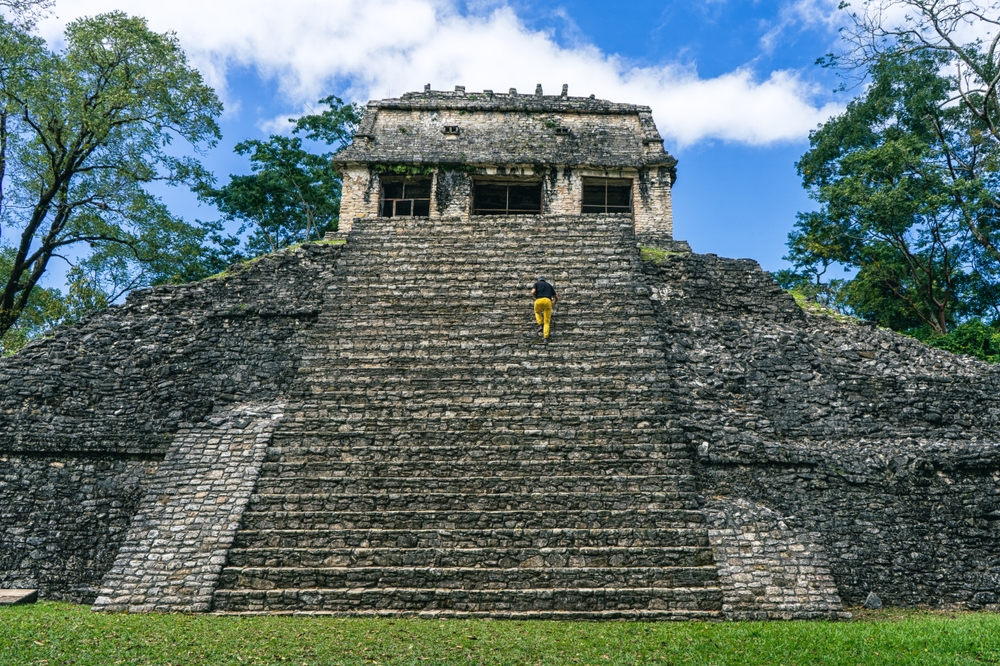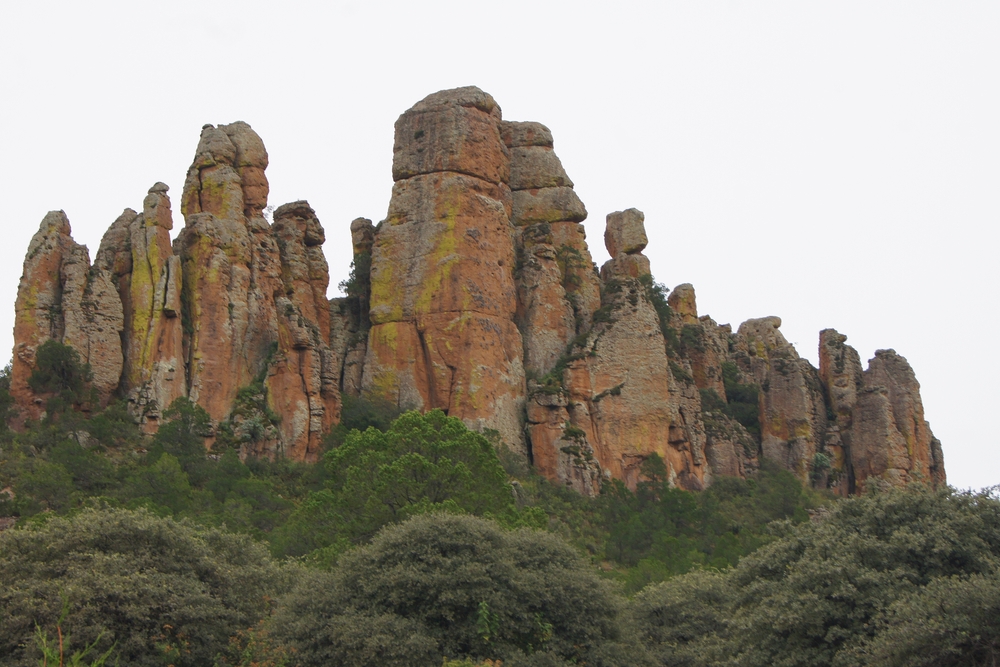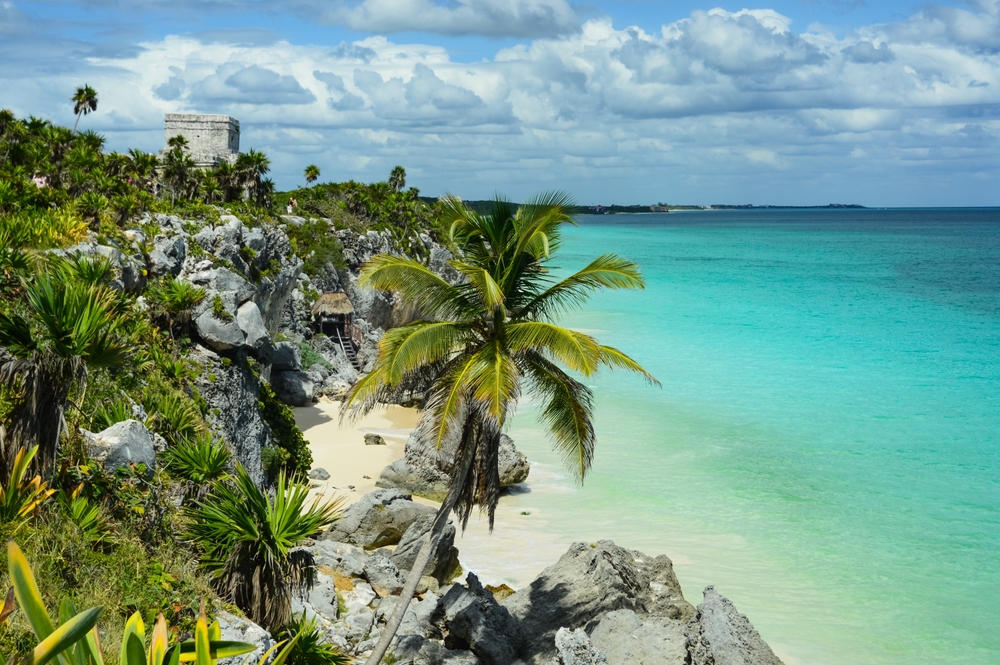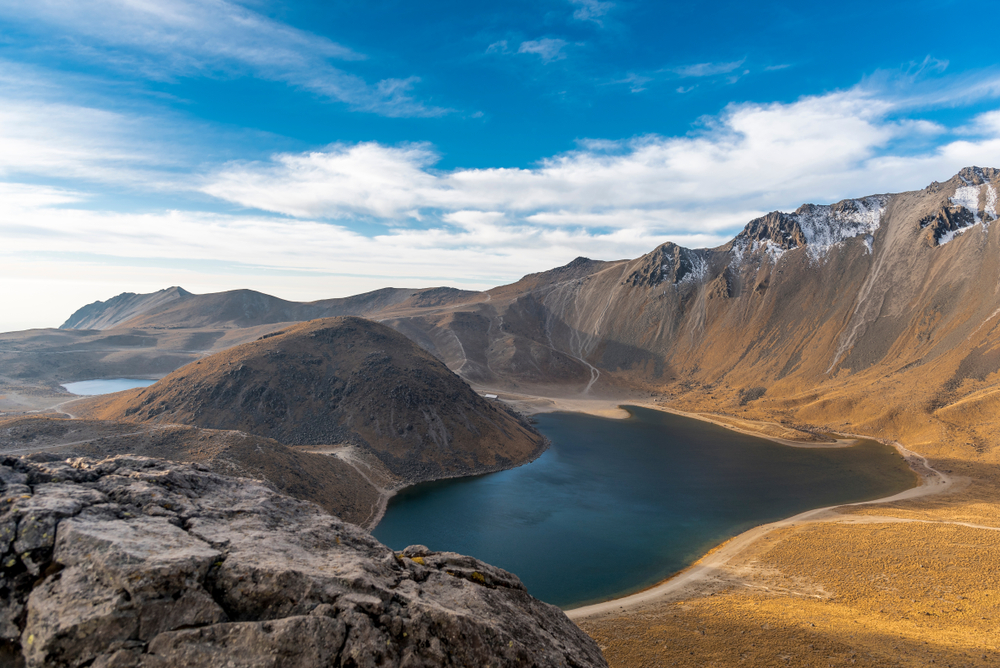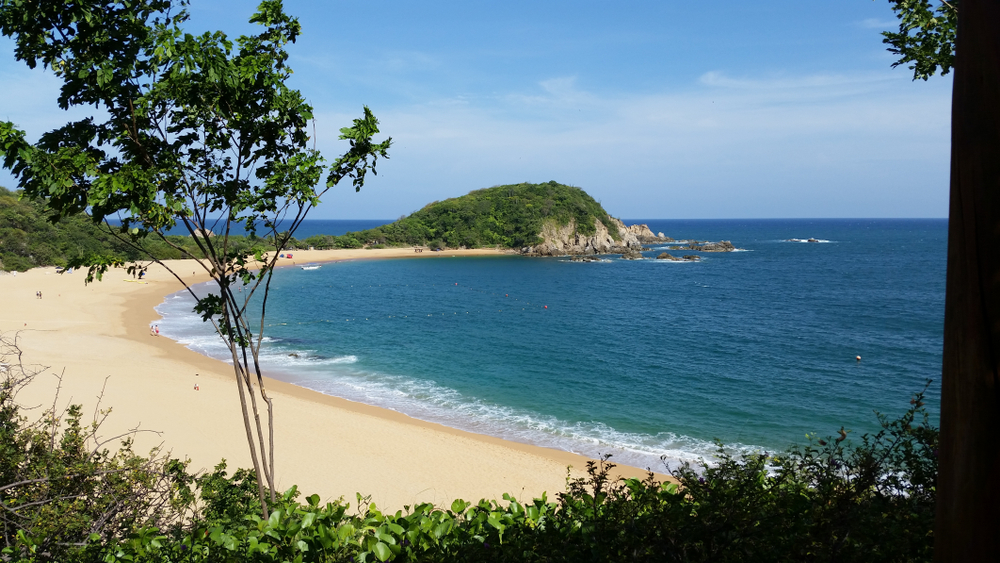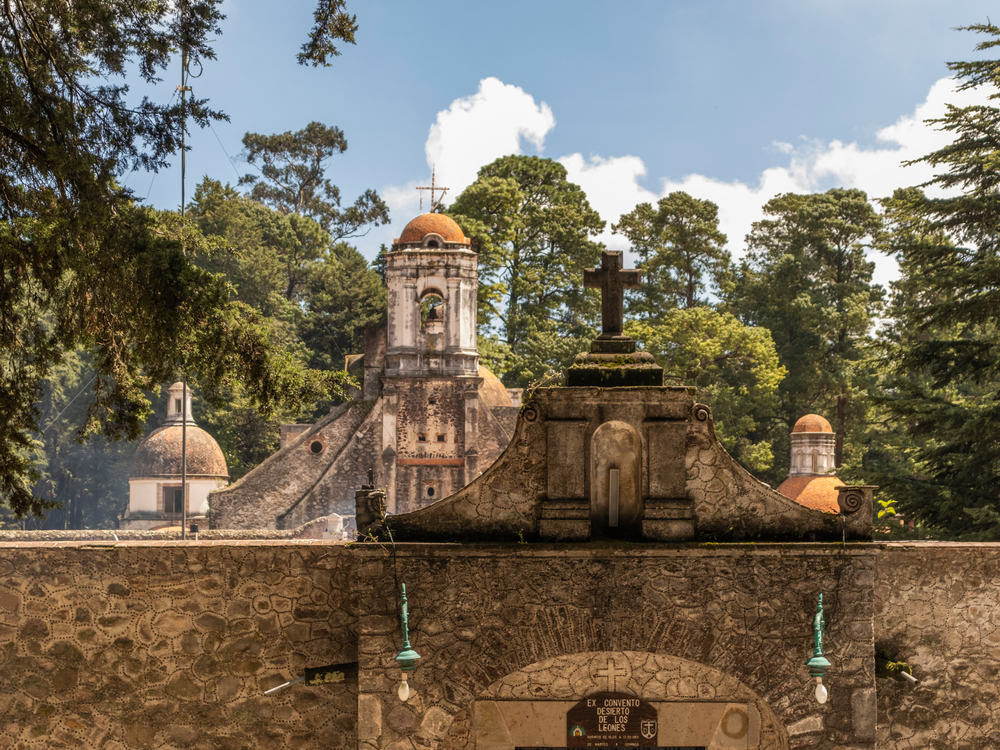Volcan Nevado de Colima Overview
Volcán Nevado de Colima National Park, known in Spanish as Parque Nacional Volcán Nevado de Colima, spans approximately 56 square miles (145 square kilometers) in western Mexico.
It is located in the states of Jalisco and Colima, with its centerpiece being the towering Nevado de Colima, which rises to 14,015 feet (4,275 meters) above sea level. This dormant stratovolcano is part of the Trans-Mexican Volcanic Belt, and alongside the more active Volcán de Fuego, it dominates the landscape with its rugged peaks and dramatic slopes.
The park’s diverse topography includes deep ravines, volcanic craters, and high-altitude forests, creating a striking environment that changes dramatically with elevation. The lower elevations are covered with pine-oak forests, while the upper reaches are characterized by alpine meadows and rocky terrain. The park also has seasonal waterfalls and small streams that flow from the highlands, adding to its scenic beauty.
Wildlife in the park is abundant, with many species adapted to the varying elevations and climates. Among the most notable mammals are white-tailed deer, pumas, bobcats, and ringtails, while smaller species such as coatis and gray foxes also thrive in the area.
The bird population is especially diverse, featuring endemic and migratory species. Notable birds include the splendid trogon, the long-tailed wood partridge, and various species of hummingbirds. Raptors such as golden eagles and peregrine falcons can be seen soaring above the volcanic slopes. Reptiles and amphibians, including rattlesnakes and salamanders, inhabit the park’s diverse ecosystems.
Visitors to the park are drawn to its challenging hiking trails, which lead through forests and up the volcanic slopes, offering panoramic views of the surrounding region. Climbing Nevado de Colima is a popular activity for experienced hikers and mountaineers, especially during the dry season when the summit may be dusted with snow. Birdwatching is another major attraction, as the park is a haven for avian biodiversity.
The landscape is also ideal for photography, with dramatic sunrises and misty valleys creating stunning visuals. In the winter months, the upper elevations may experience snowfall, providing a rare opportunity for snow-related activities in Mexico. Camping is allowed in designated areas, giving visitors a chance to experience the park’s pristine environment overnight.
One of the park’s key conservation challenges is balancing tourism with the need to protect its fragile ecosystems. The presence of an active volcano nearby poses natural hazards, while deforestation and illegal logging in surrounding areas threaten biodiversity.
Conservation efforts focus on habitat restoration, wildlife monitoring, and sustainable tourism initiatives to ensure that visitors can enjoy the park while minimizing their impact. Despite these challenges, the park has been successful in preserving its high-altitude forests and maintaining a stable population of key wildlife species.
Local communities and conservation groups work together to promote environmental education and responsible tourism, ensuring that Volcán Nevado de Colima National Park remains a vital natural sanctuary for future generations.











































































